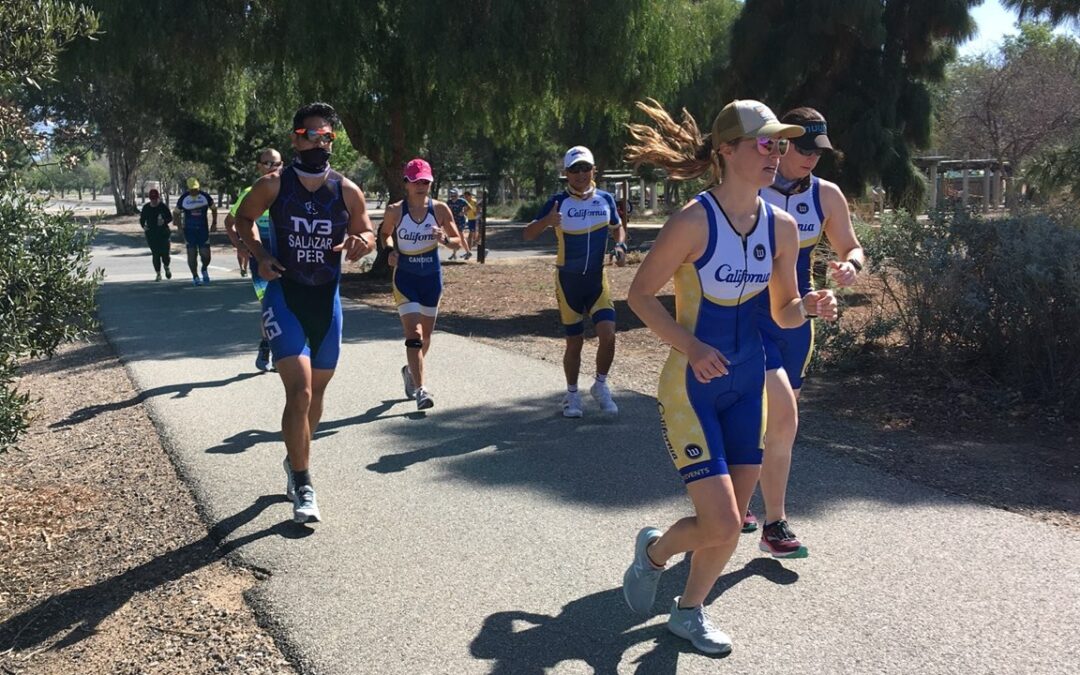Are you ready to race again? It’s been a year since everything was cancelled and we are starting to see races on the calendar again. Although we’re excited to get back at it, a word of caution to try avoiding unnecessary injuries.
Many people started off a year ago exercising more because they were no longer commuting, sick of being stuck at home or just had more time on their hands. As the year wore on, a lot of those good exercise habits were dropped. But now with races being held, we’re anxious to get back at it. Be sure not to jump back into it too quickly leading to an overuse injury.
An overuse injury is basically what it sounds like: and injury stemming from training too much and often times too quickly. Sometimes they just slow your training down for a while but they can also end your season before it starts if you’re not careful. Interestingly, it’s not uncommon for overuse injuries to present themselves months after you ramp up your training. Regardless when it pops up, it’s likely because you took on more than your body could handle. Overuse injuries can affect seasoned athletes as well as beginners.
After taking a break from active training, it’s easy to jump in right where you left off. Let’s say you were running 20 miles per week consistently for the first half of 2020 but then life happened and you were barely running at all the last half of the year. As you begin prepping for spring races, don’t jump back into running 20 miles per week like you were last year—your body won’t be accustomed to the impact involved with that much running. A safer approach would involve slowly building your weekly miles by incremental amounts. When it comes to running, many are familiar with the 10% rule: never increase your weekly mileage by more than 10% from the previous week. Recent research suggests this may not be true for all runners (elite runners might tolerate greater than 10% changes with minimal risk to injury). Although it can be mentally painful to progress back to your previous volume this slowly, it greatly reduces your risk for injury.
The same principles apply for swimming and cycling. Although the 10% rule isn’t quoted in these arenas, it would be prudent to slowly build your volume for these sports as well. While deciding your workouts, you should look at both weekly volume and daily volume. For example, if you previously cycled 50 miles in a given ride without any thought, but haven’t cycled for 3-4 months, don’t go out for a long 50 mile ride your first ride back. Take a few weeks and ride 20-30 miles as your longer ride, just to get your body use to sitting on your bike for hours at a time. With swimming, spread out the volume evenly over the week. Don’t do one swim of 3,000 meters when you haven’t swam more than a few hundred meters for months. By doing swim workouts with limited distance and with increased rest times, you will decrease the likelihood of straining one of your rotator cuff muscles or irritating a tendon in the shoulder.
Pretty much all workouts are recorded now days. Although many people log their workouts solely for bragging rights on social media, having a record is a great way to see where your training volume currently is, where it has been and how you can progress. Training Peaks, Strava, Garmin, Suunto, Polar and many other platforms/devices track your volume. Look back in your history to see how your training volume has fluctuated and how you can gradually progress you training to meet your racing demands.
Lastly, if you feel aches and pain as you increase your volume, listen to your body. It’s not unusual to have minor aches every now and again—that’s part of endurance athletics. However, these aches shouldn’t last for days or weeks and turn into pain that limits your function. Don’t be stubborn and try and run through that ankle pain or swim through the shoulder pain. Your training will be more satisfying and rewarding if you address these issues before they sideline you. Seek professional advice from a trusted doctor, physical therapist or chiropractor familiar with endurance athletes.
~Jordan Perry PT, DPT
